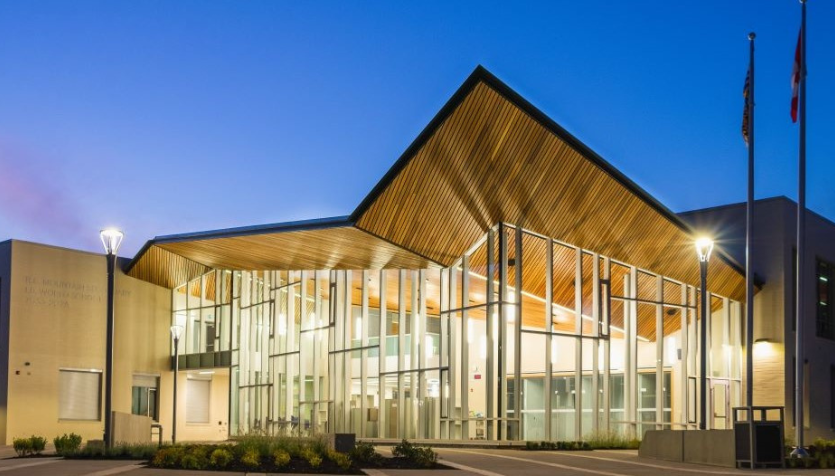Light it Right- Lighting best practices

Lighting best practices vary significantly depending on whether the space is indoor or outdoor, and on the specific application. From warehouses to residential areas, each environment has unique requirements for fixture spacing, beam angles, color temperature, and wattage. Selecting the right lighting solution ensures both performance and efficiency. Additionally, a variety of sensor and control options are available — such as occupancy sensors, daylight harvesting, and smart lighting systems — to help meet energy-saving goals in both retrofit projects and new construction.


